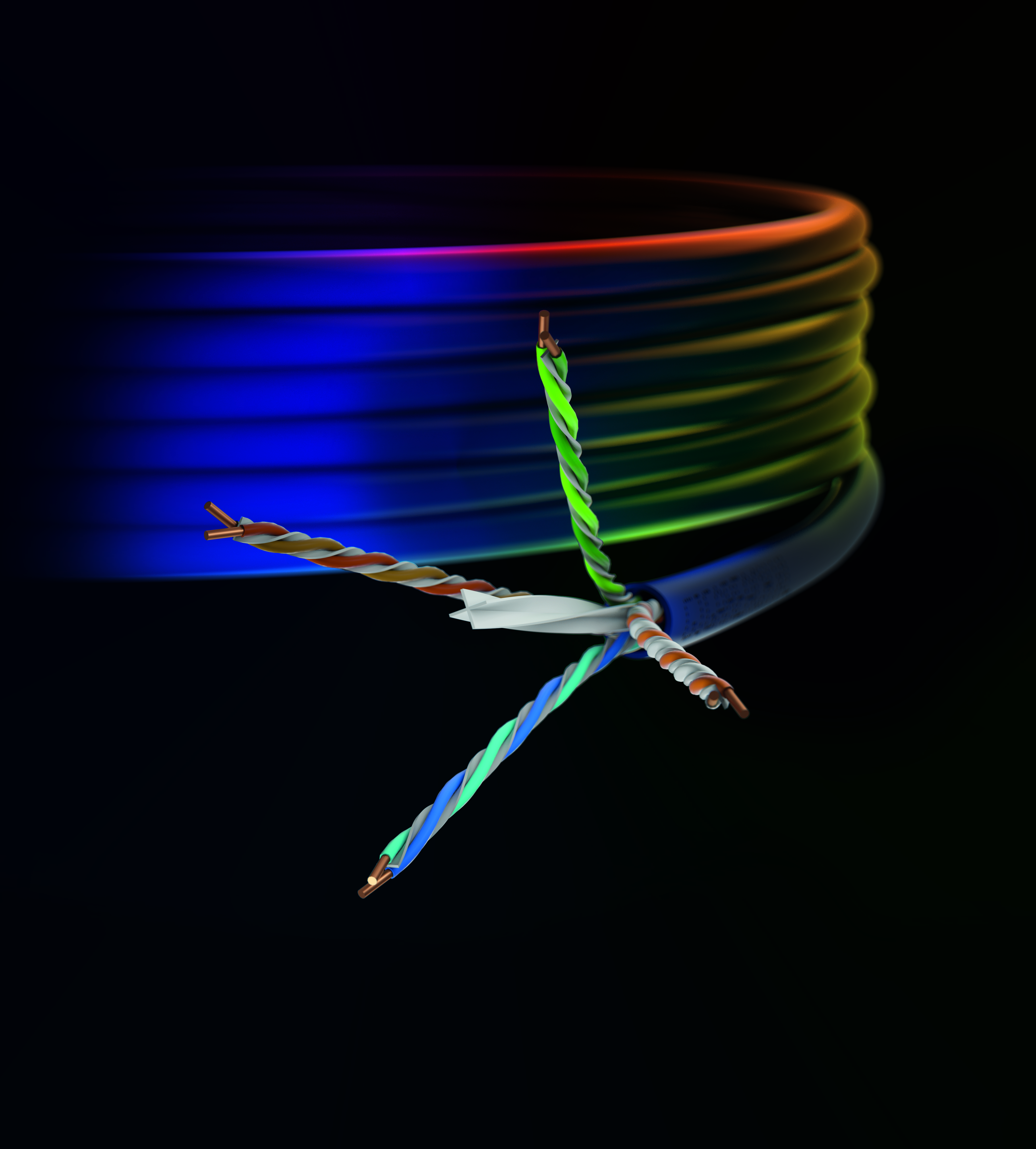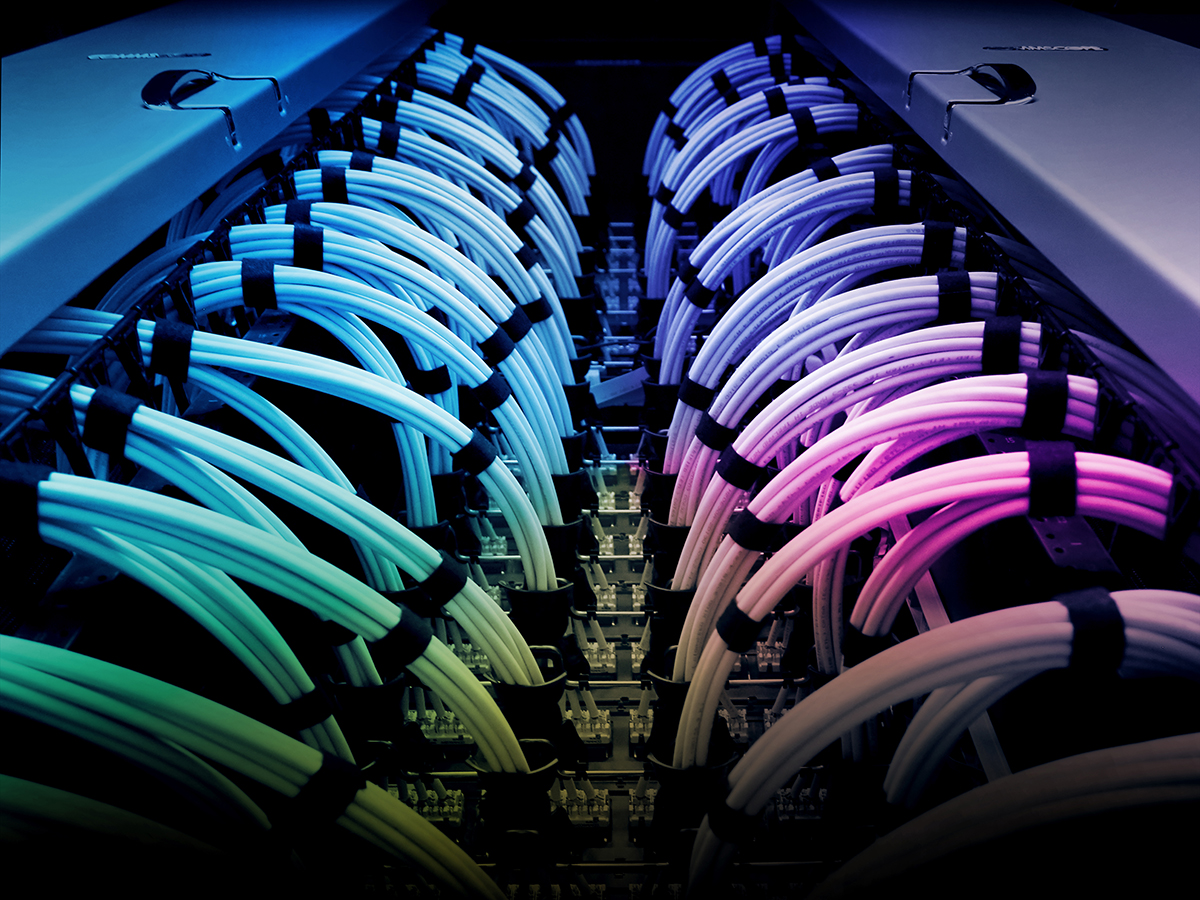 There is no doubt that wearable Internet of Things (IoT) devices are here to stay. Wearable devices, namely smart watches and fitness trackers are familiar examples of IoT technology that can be used not only to track exercise progress but to monitor vital signs such as temperature and heart rate.
There is no doubt that wearable Internet of Things (IoT) devices are here to stay. Wearable devices, namely smart watches and fitness trackers are familiar examples of IoT technology that can be used not only to track exercise progress but to monitor vital signs such as temperature and heart rate.
According to IDC, India’s wearables market has shipped a record 3 million units in Q2 2019, positioning India as the third-largest wearables market globally after China and the US.
CLICK TO TWEET: Gary Newbold stresses that with AI reinvigorating everything from healthcare to transportation, data center connectivity is more important than ever.
Given the global fitness industry is worth approximately 100 billion USD, it’s no surprise consumers are snapping up smartwatches for various reasons; from monitoring activities such as quality of sleep; to tracking wellness habits; to eating healthy. Some are solely buying into the trend without the pressure of working out – my colleague invested in an Apple Watch simply because she likes the Mickey Mouse clockface! While there are wonderful benefits to a smartwatch or fitness tracker, there is a greater meaning to wearable technologies, with the promising future of IoT.
The Future of Wearable Technologies
Both IoT and Artificial Intelligence (AI) – some even call it ‘Added Intelligence’ – are changing how wearable technologies are benefitting consumers. For example, if you own a wearable for the purpose of exercising, you would have noticed how the AI assistant is monitoring your workout routines. Through the app on your watch, the AI assistant will motivate you to run faster or remind you to slow down by analyzing your heart rate, energy and exercise duration, etc. data in real time.
AI could potentially help us to play a better game of golf, one of my favourite hobbies. The technology is not only used to design better golf clubs but as a personal golf assistant who can make recommendations on how to perform better. I’d love to say AI mimics human intelligence but we shouldn’t flatter ourselves considering Google’s AlphaGo, an AI-driven program, beat three-time European Go champion Fan Hui five times in a row, among many other examples.
According to Forbes, sixty-five percent of consumers age 65 and older reported a willingness to share data from smart devices with their healthcare providers. Google’s USD 2.1 billion acquisition of Fitbit enables the company to be a one stop shop for consumer data capture and AI generated health and wellness insights.
While development of interoperability in IoT is ongoing, we are seeing meaningful innovations in AI-enabled wearables. For example, by combining AI and wearables, the healthcare industry is adding value to patients by improving quality of living, or even saving lives. Through the use of AI, a patient could receive readings from the wearable to detect abnormalities in heart rate readings, ultimately preventing a heart attack for instance.
How Data Centers are Connecting us to an AI Future
Not surprisingly, the trillions of calculations and vast amounts of data is putting a strain on data center infrastructure. As data becomes the new currency in a digital age, a well-run data center is not only a competitive advantage but the means to powering an AI-enabled future.
With AI reinvigorating everything from healthcare to transportation, data center connectivity is more important than ever. Visit us at DCD Mumbai as we discuss how data centres can be built to cater to the current and future demands of applications like IoT and how CommScope can support your network connectivity.






